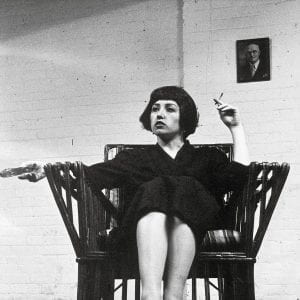Automatic modes- Auto mode tells your camera to use it’s best judgement to select shutter speed, aperture, ISO, white balance, focus and flash to take the best photo possible. This mode may give you nice results but, you’re not telling your camera anything about the type of shot you’re taking so it will be “guessing” at what you want.
Portrait mode- Portrait mode will automatically select a large aperture which helps to keep your background out of focus. Portrait mode works best for taking pictures of a single subject.
Macro Mode- Macro mode lets you move your closer into your subject to take an up-close picture. Macro mode is great for photographing small objects.
Landscape mode- Landscape mode is almost the exact opposite of portrait mode in that it sets the camera up with a small aperture to make sure as much of the scene you’re photographing will be in focus as possible. Its goof for photographing wide scenes.
Sports mode- Sports mode tries to freeze the action in the photo by increasing the shutter speed. It is a good mode for photographing any moving objects including people playing sports, pets, cars, wildlife, and so on.
Night mode- Night mode is for shooting in low light situations and sets your camera to use a longer shutter speed to help capture details of the background, but it also fires off a flash to illuminate the foreground. This mode also blurs your background.
Movie mode- Movie mode extends your digital camera from just capturing still images to capturing moving ones.
Semi-automatic modes
Aperture Priority Mode (A or AV)- In Aperture priority you choose the aperture and where your camera chooses the other settings, to ensure you have a well-balanced exposure. Aperture priority mode is useful when you’re looking to control the depth of field in a shot.
Shutter Priority Mode (S or TV)- In shutter priority mode you select a shutter speed and the camera then chooses all of the other settings. Use this mode where you want to control over shutter speed.
Program Mode- Program mode gives you a little more control over some other features including flash, white balance, ISO. Check your digital camera’s manual for how the Program mode differs from Automatic in your model.
Fully Manual Mode
Manual Mode- In manual mode manual you have full control over your camera. Although you have full control, you need to think about all settings including shutter speed, aperture, ISO, white balance, flash, etc.









